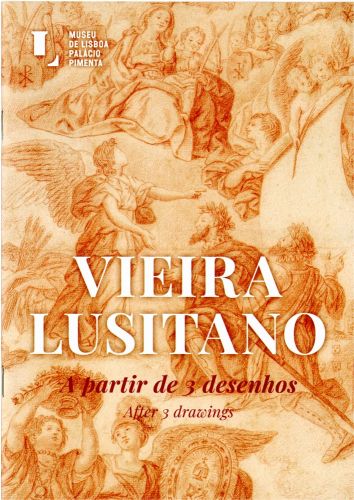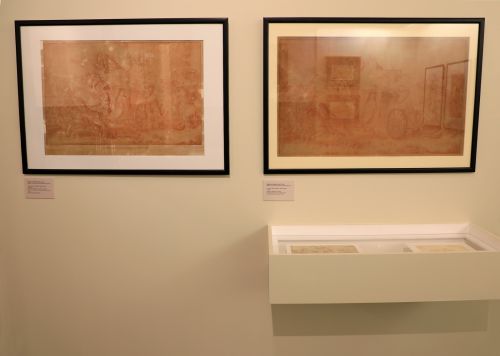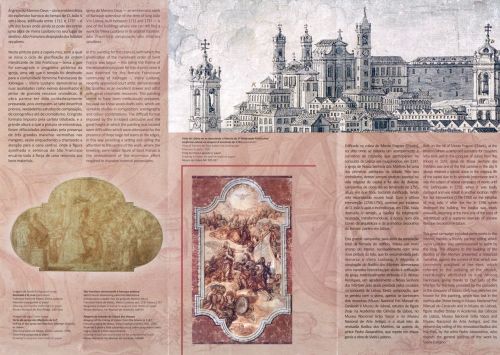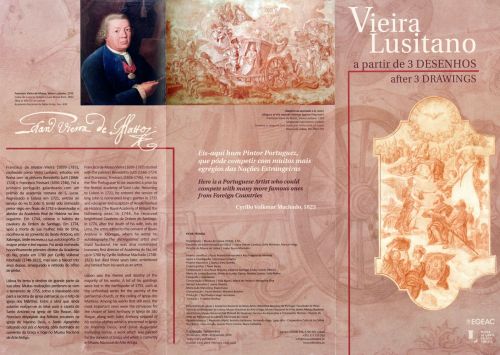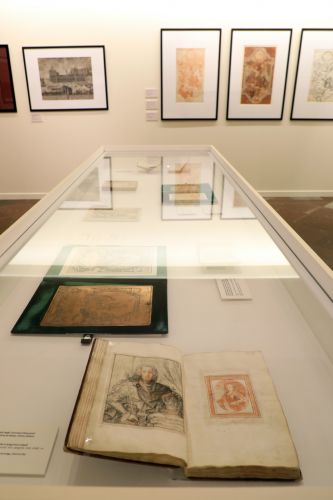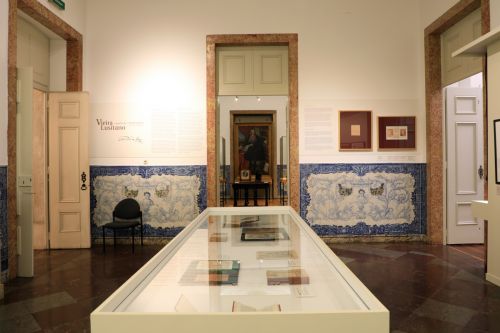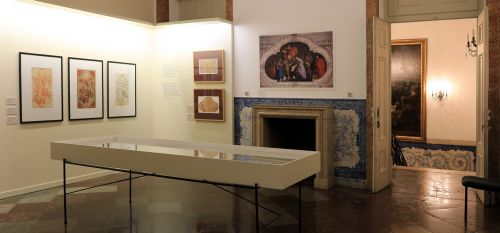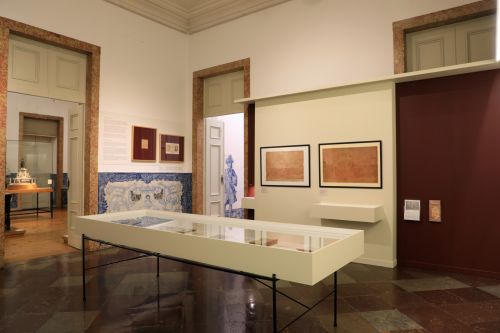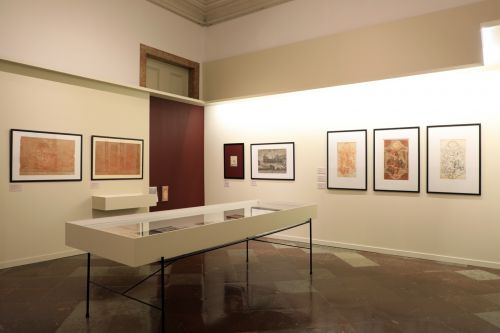Vieira Lusitano:Three Drawings
22 Oct 2019 — 23 Feb 202010h – 18h
The acquisition of two of Vieira Lusitano's drawings by the Museum of Lisbon set the theme for this exhibition. It marked the 260th anniversary of the assassination attempt on King José in 1758, as well as presenting a recent and previously unpublicised study of part of the Museum's collection.
Francisco de Matos Vieira (1699–1783), known as Vieira Lusitano, travelled to Rome in 1712, where he studied under the painters Benedetto Lutti and Francesco Trevisani. Upon his return to Lisbon in 1721, he entered into the service of King João V. In 1733, he was appointed court painter, followed by ‘draughtsman and engraver’ of the Royal Academy of History the following year. After the death of his wife in 1774, he retired to the Convent of Beato António in Xabregas, where he wrote his autobiography.
Lisbon was both the theme and the destination of much of his work. Many of his pieces were lost in the 1755 Earthquake, including his unfinished cycle for the sacristy of the Patriarchal Cathedral of Lisbon and the ceiling of the Basilica of Our Lady of the Martyrs. Of the works that remain extant, particular highlights include the painting for St Anthony's Chapel in the Church of São Roque, São Francisco despojado dos hábitos seculares [St Francis stripped of his secular clothes], which is preserved in the Church of Menino Deus, and Santo Agostinho calcando aos pés a heresia [St Augustine trampling heresy underfoot], a piece painted for the Graça Convent, and which now belongs to the National Museum of Ancient Art.

© Museu de Lisboa
